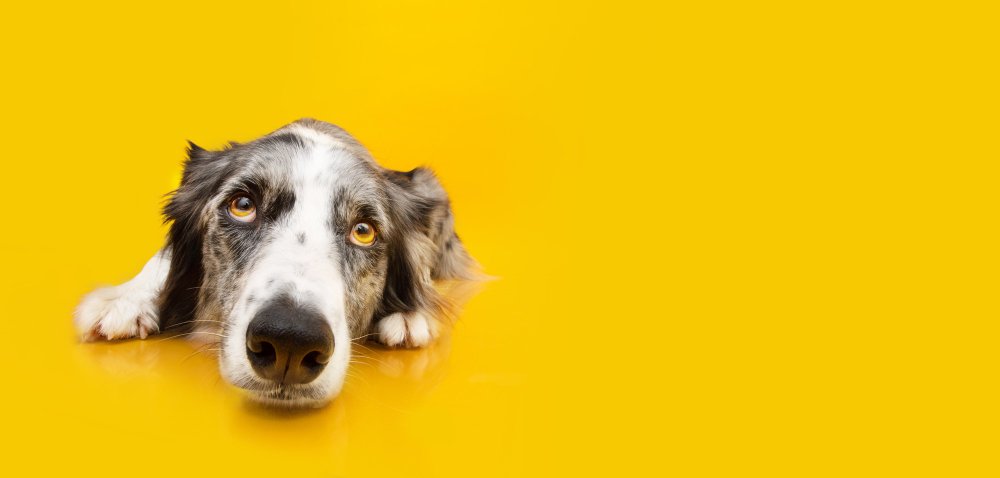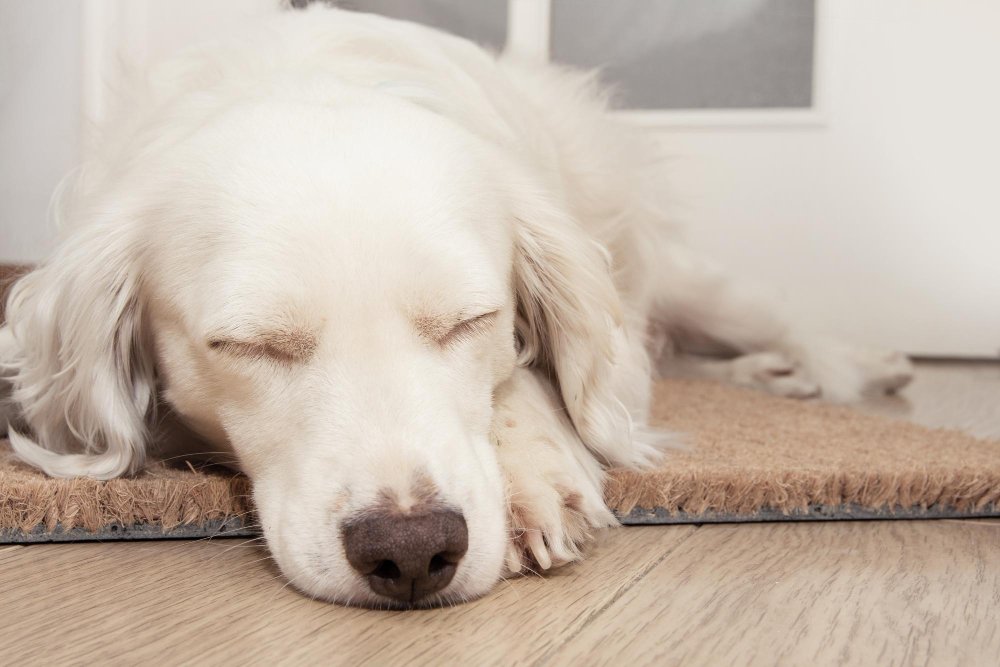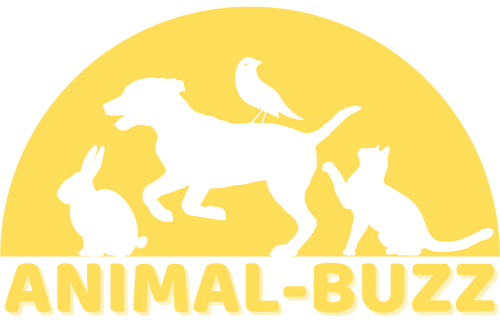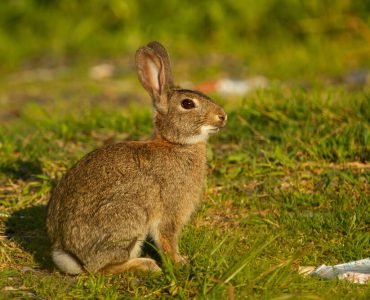We will advise you on how to stop dog separation anxiety, a common behavioral issue in big cities. We recommend you read this post describing dog separation anxiety before we ask you to understand it.
The following advice is a component of a strategy that helps dogs experiencing separation anxiety. These routines will undoubtedly assist your friend if you can include them in your own and your dog’s from a young age.
We also have advice for you in the second half of the article if you start to notice minor signs like excessive vocalization (barking nonstop, howling, or yelping), destruction of objects or mess (turning garbage, destroying furniture, throwing plants on the floor, etc.), and inappropriate disposal (urinating and defecating in wrong places) when the animal is home alone.
PREVENTION OF PUPPY SEPARATION ANXIETY SYNDROME AT THE TIME OF INCLUDING A NEW ANIMAL IN THE HOME
Detachment before going to the new house

If the puppy is stillborn and you have access to it, be sure the mother has been detached from it before bringing it into your home. In other words, the breeders or NGO caring for the puppies already begin to practice the puppy’s independence, such as keeping it briefly apart from its mother and siblings, treating the puppy delicately, and providing toys and other stimulating activities for the cub. Ensure the puppy is not weaned too soon (before three months of age). He must spend at least 60 days with the litter. However, 90 days is optimal.
Don’t punish!

HIGHLY IMPORTANT: In no circumstances should you discipline the dog. Punishment can promote undesirable behavior and increase anxiety while failing to teach the animal the proper behavior. Don’t fight, pull, or otherwise react if the dog does something unpleasant, such as peeing inappropriately, leaping on guests, barking excessively, or yanking on the leash. Learn more about positive reinforcement methods and how to encourage your pet to perform or display the behaviors you want to see more of by reading about them.
Reinforce independence!

Introduce the dog to some home alone time gradually. Begin the procedure with slow departures, beginning with brief intervals of 1 to 5 minutes and then slowly lengthening the time between releases. This growth should not be linear after 5 minutes but rather alternate between longer and shorter periods. After the puppy has been welcomed into the new home, this procedure should be gradual and repeated daily. Do the same thing, but right before leaving, act as you usually would when you leave the house (put on high heels, get your handbag, car keys, wallet, etc.).
If he is calm, reinforce that behavior!

If the dog behaves well, you should touch him when you return to where he is (no need to exaggerate the caresses, just a stroke to reinforce the correct behavior). Ignore the dog if he did not act appropriately while you were away from him to prevent reinforcing the bad behavior. Never punish him, please!
Stage! Give several clues that you will leave, but don’t leave.

Give exit cues (simulate typical exit behaviors such as gathering keys, getting ready in front of the mirror, bidding people farewell, etc.) at times other than the usual exit while ignoring any adverse reactions from the dog.





Add comment